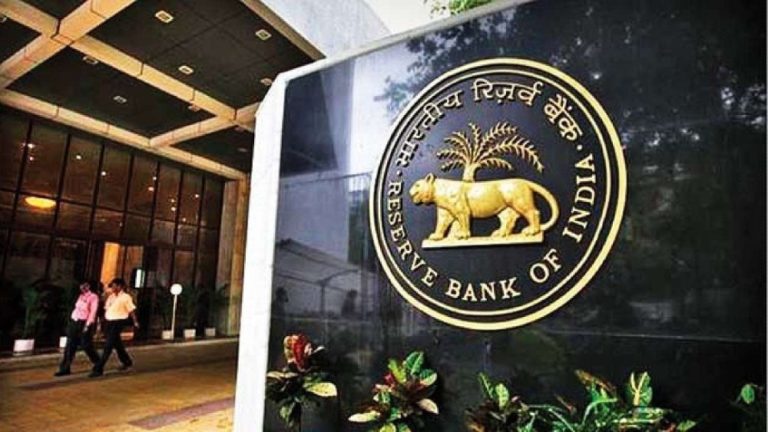Reserve Bank of India has raised the key interest rate by 50 basis points, the second increase in five weeks, to rein in rise in prices that it saw continuing to hurt consumers in the near term. With inflation persistently hovering above the upper tolerance limit of 6 per cent, the RBI’s six-member rate-setting panel voted unanimously to raise the lending rate of the repurchase (repo) rate by 50 basis points to 4.90 per cent, Governor Shaktikanta Das said.
The Standing Deposit Facility rate and the Marginal Standing Facility Rate were accordingly adjusted higher by the same quantum to 4.65 per cent and 5.15 per cent, respectively. The increase follows a 40 bps rise in early May at an unscheduled meeting that kicked off the central bank’s tightening cycle.
To balance the inflation-growth dynamics, Das said RBI will remain focused on the withdrawal of accommodation as system liquidity continues to be high. Withdrawal of accommodation will be done in a way that growth will continue to get adequate support.
The Monetary Policy Committee (MPC) raised its inflation forecast for the current fiscal (April 2022 to March 2023) to 6.7 per cent from April prediction of 5.7 per cent but retained its economic growth projection at 7.2 per cent.
“Inflation has steeply increased beyond the upper tolerance level,” Das said announcing the policy decisions. “Upside risks to inflation as highlighted in last policy meetings have materialised earlier than expected.” Food, energy and commodity prices remain elevated. It also suggests that most of the excess inflation is due to global/supply-side factors.
Inflation will likely remain above RBI’s upper tolerance band until December, he said, adding that 75 per cent of the increase in inflation forecast is on account of a spike in food prices which are due to war in Ukraine.
The rate hike on May 4 and on this comes after 11 consecutive times of the RBI holding interest rate at a record low of 4 per cent. Das mentioned that even after the hikes, the policy rate is below the pre-pandemic level of 5.15 per cent. RBI cut the repo rate by 250 basis points since February 2019 to help revive the growth momentum. This included a 115 bps cut between March 2020 and May 2020 to soften the blow from the COVID crisis.
Inflation has been above RBI’s target range of 2-6 per cent since the beginning of the year. With the ongoing Ukraine war and the COVID issues in China, the supply chain disruptions continue to affect global inflation. Retail inflation in April accelerated to 7.79 per cent from a year earlier.
The war in Europe is accentuating the existing supply chain disruptions, resulting in elevated food, energy and commodity prices. “The war has led to globalisation of inflation,” he said. RBI will continue to be proactive and decisive in mitigating the fallout of the ongoing geopolitical crisis on the Indian economy.
Das said the excise duty cuts on petrol and diesel on May 21 had shown a significant moderation in their inflation expectations and a further reduction of state VATs across the country can contribute to softening of the inflationary pressures as well as expectations.
Other measures announced by RBI on Wednesday include raising of limit for individual housing loans by Urban Cooperative Banks (UCBs) and Rural Cooperative Banks (RCBs) by over 100 per cent.
















